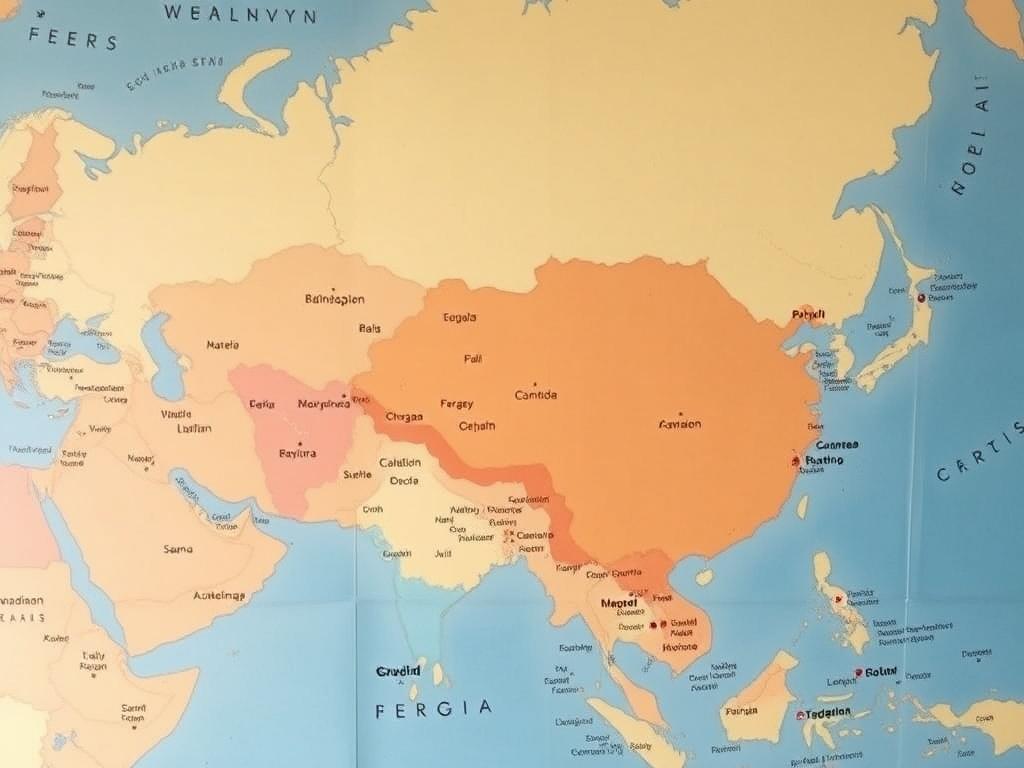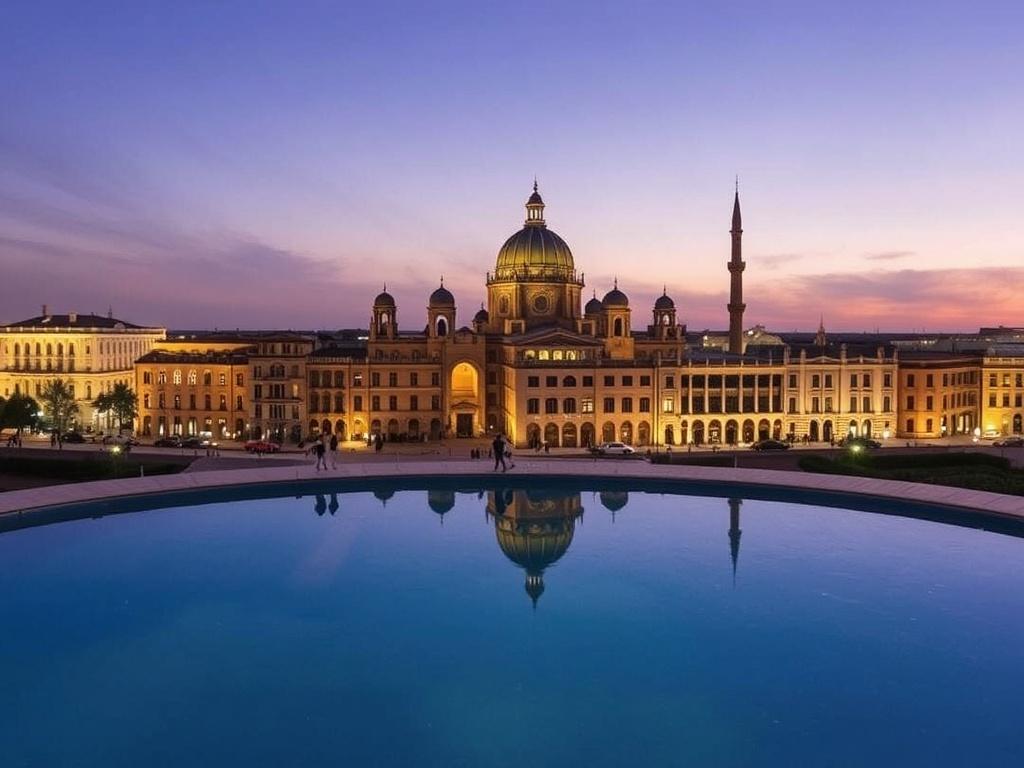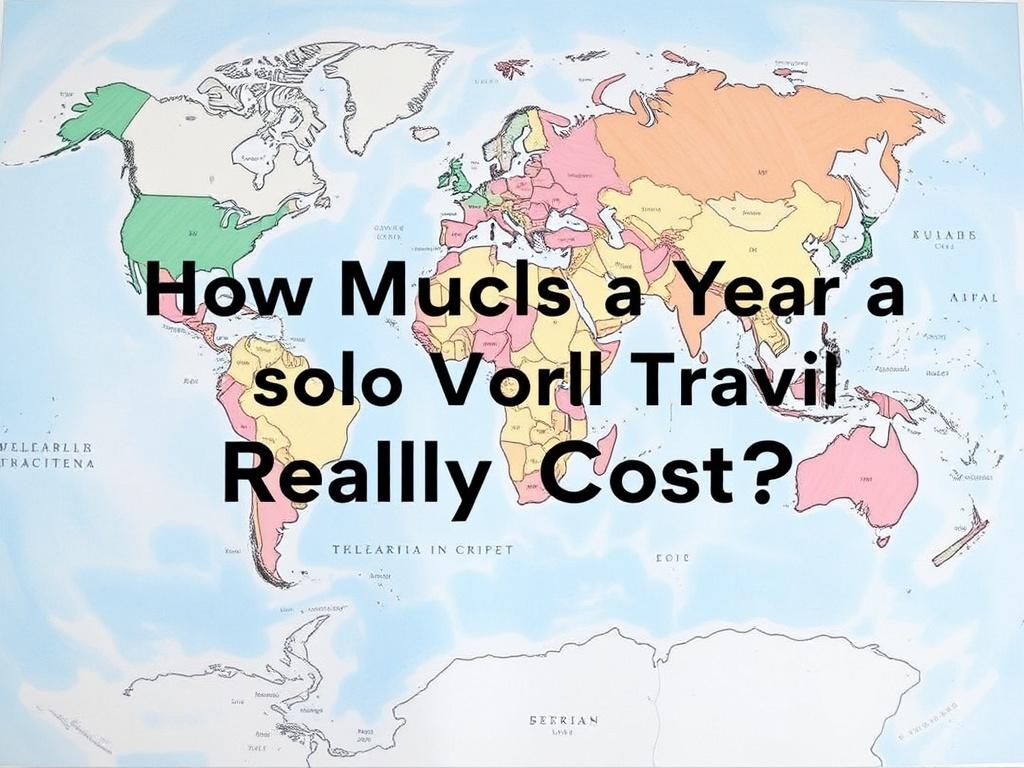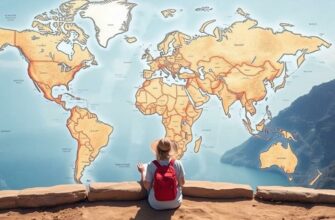Traveling solo around the world for a whole year sounds like a dream to many, but one of the biggest questions that pops up is: how much does a year of solo world travel really cost? It’s a big adventure, and while the excitement can be daunting, understanding the financial side of things is crucial before packing your bags. In this article, we’ll dive deep into the real costs involved, break down expenses by regions and travel styles, and give you practical tips on budgeting to make your dream trip not just possible, but enjoyable and sustainable.
When people imagine a year of solo world travel, they often picture exotic locations, perfect photos, and unforgettable memories. However, behind every Instagram post or travel blog is a budget balancing act. Costs vary greatly depending on your lifestyle, destinations, accommodations, and activities. Some travelers live on just $10 a day, while others may spend hundreds. Understanding these variables helps you make informed choices that balance comfort, safety, and adventure.
Breaking Down the Main Costs of Solo World Travel
Before talking numbers, let’s break down the essential categories that make up a year of solo travel expenses. Knowing where your money tends to go helps you prepare for the journey in a holistic way.
1. Transportation
One of the biggest costs of traveling the world is transportation. This includes flights, trains, buses, taxis, and local transit. The most expensive leg is usually international flights, especially long-haul ones. Budget travelers often save by booking flexible tickets, flying budget airlines, or using slow travel options like trains or buses in between countries.
2. Accommodation
Where you sleep is another major chunk of your budget. Choices range from luxury hotels, hostels, Airbnb rentals, guesthouses, to even camping. Solo travelers often prefer hostels or shared accommodation for socializing and keeping costs down. Some may opt for work exchanges or volunteering to reduce accommodation expenses.
3. Food and Drinks
Eating is a daily necessity, but the cost can drastically differ by region. Street food lovers and those who cook their own meals tend to spend less, while dining at restaurants frequently adds up. It’s also important to budget for occasional treats like coffee, nightlife, or special meals.
4. Activities and Entertainment
From sightseeing tours and entrance fees to adventure sports, cultural experiences, and nightlife, this category is where your personal interests show. Some travelers prefer a relaxed pace with low-cost activities, and others seek out expensive experiences like diving or safaris.
5. Insurance and Health
Travel insurance is essential for solo travelers, covering medical emergencies, trip cancellations, and lost belongings. Healthcare costs vary worldwide, so insurance offers peace of mind and financial security.
6. Miscellaneous Expenses
Internet, phone data plans, visas, laundry, toiletries, and gear replacements all add up throughout the year. Even small, rising costs matter when you travel for a long time.
How Much Does a Year of Solo World Travel Actually Cost? – A Detailed Estimate
Now that we know the major expense categories, it’s time to talk about actual figures. Remember, the cost of traveling solo around the world fluctuates wildly depending on your travel style, chosen countries, and flexibility. Below is an average budget estimate broken down into three general types of travelers.
| Category | Budget Traveler | Mid-Range Traveler | Luxury Traveler |
|---|---|---|---|
| Transportation | $3,000 | $6,000 | $12,000+ |
| Accommodation | $4,000 | $12,000 | $30,000+ |
| Food & Drinks | $2,500 | $6,000 | $15,000+ |
| Activities & Entertainment | $1,500 | $4,000 | $10,000+ |
| Insurance & Health | $1,000 | $1,500 | $3,000+ |
| Miscellaneous | $1,000 | $2,000 | $5,000+ |
| Total Estimated Cost | $13,000 | $31,500 | $75,000+ |
Understanding These Estimates
Each column represents a distinct travel style: budget, mid-range, and luxury. Budget travelers might stick mostly to affordable Southeast Asian countries, couchsurf, and use public transit. Their focus is on maximizing experiences while minimizing costs. Mid-range travelers seek comfortable hostels, family-run guesthouses, occasional flights or taxis, and diverse dining options. Luxury travelers mix comfort and exclusivity, staying in upscale hotels, flying premium cabins, dining out frequently, and engaging in costly activities.
Cost Per Region: Where Does Your Money Go?

Your travel route significantly impacts how much a year of solo world travel really costs. Some parts of the world are famously cheap, while others drain your wallet faster than you expect.
Asia – The Budget Traveler’s Paradise
Countries like Thailand, Vietnam, Cambodia, and Indonesia offer some of the cheapest food, lodging, transport, and activities in the world. You can get meals for under $2, stay in hostels for $5-$10, and move around cheaply. Asia is great for those wanting to stretch a tight budget or dive into rich cultural experiences without breaking the bank.
Europe – Comfort Comes at a Price
Europe tends to be the most expensive continent for long-term solo travelers, particularly in Western Europe. Hostels often cost $20-$50 per night, meals average $10-$25, and transportation expenses add up quickly. However, Eastern Europe is more affordable than Western Europe, making it a good compromise.
Latin America – Affordable Adventure with Variety
Countries in Central and South America have a mix of budget and mid-range options. Places like Mexico, Colombia, and Peru offer affordable food and accommodation, making them attractive stops. Some tourist hotspots can be more costly, but with careful planning, it remains accessible.
Africa – Diverse Costs and Travel Experiences
Africa’s costs vary greatly by country. Backpackers often find South Africa, Morocco, and Tanzania feasible, but safaris and remote travel lend themselves to higher costs. Healthcare and visas may add extra expenses here.
Oceania – High Costs, High Rewards
Australia and New Zealand are part of Oceania and are generally pricey destinations. Accommodations, dining, and transport add up quickly, but locals are friendly, and the natural beauty is unparalleled. Budget travelers may find more economical options in smaller Pacific islands.
Tips for Reducing Your Year-Long Solo Travel Costs
Traveling solo around the world for a year doesn’t have to drain your bank account. Here are proven strategies to keep your expenses in check:
- Plan Your Route Thoughtfully: Prioritize cheaper countries at the start or end of your trip to balance out expensive regions.
- Travel Slowly: Staying longer in one place reduces transportation costs and allows you to cook your own food and find local deals.
- Use Travel Apps and Discounts: Use apps to find deals on accommodations, cheap flights, and local transport.
- Work While Traveling: Consider freelance work, online jobs, or volunteering to offset some costs.
- Choose Hostels or Shared Accommodation: Solo travelers often save money and make friends by staying in hostels or shared homestays.
- Limit Expensive Activities: Prioritize meaningful experiences rather than ticking off every tourist attraction.
- Buy Local and Cook: Buying fresh ingredients from markets and preparing your own meals saves money and enriches your cultural experience.
- Get Comprehensive Travel Insurance: It may seem like an expense, but it can save you thousands in emergencies.
Unexpected Costs You Might Not Have Considered
When budgeting, you might forget subtle but important expenses. Here are some surprises that solo travelers must account for:
- Visas: Some countries require paid visas or multiple entry fees which add to your overall costs.
- Gear Replacement: Traveling for a year can wear down your backpack, shoes, electronics, and clothes.
- Souvenirs and Gifts: These small purchases can add up, especially if sending packages home.
- Emergency Funds: Always budget for unforeseen situations like last-minute flights home or medical emergencies.
- Communication: SIM cards and internet plans vary in cost but are essential for solo travelers.
The Psychological and Social Costs of Solo World Travel
While most costs discussed are monetary, solo travel also brings unique emotional and social costs. Spending a year away from family and friends can sometimes feel isolating. Being responsible for all decisions alone may cause stress or uncertainty periodically. Planning personal down time, staying connected digitally, and joining travel communities can help alleviate these less obvious costs alongside the financial ones.
How to Manage Social and Emotional Expenses
Solo world travel requires mental resilience. Here are some helpful tips:
- Join local events and meetups to build connections.
- Keep a travel journal to reflect and stay grounded.
- Schedule regular video calls with loved ones.
- Allow time for rest and recharge to prevent burnout.
Practical Example: Budgeting a Year of Solo Travel

Let’s illustrate how you could budget your year if you want a mix of comfort and adventure, focusing on both saving money and enjoying the trip.
- Destinations: 4 months in Southeast Asia, 3 months in Europe (including Eastern Europe), 3 months in Central and South America, and 2 months in Africa.
- Average Daily Spend: $40/day including accommodation, food, and transportation.
- Flights: Around $4,000 total for international and intercontinental flights booked in advance.
- Activities & Insurance: $4,500 for tours, entrance fees, and comprehensive insurance.
Total Estimated Cost: $40/day x 365 = $14,600 + $4,000 (flights) + $4,500 = Approximately $23,100 for the year.
This example shows that with careful planning, a year of solo world travel can be affordable and immensely rewarding.
Final Thoughts: How to Prepare Financially for Your Solo World Trip

Preparation is key. Start by tracking your current monthly expenses at home to understand your spending habits, then set realistic savings goals. Open a separate travel fund to avoid dipping into daily finances. Research countries and regions in detail to create a flexible budget and identify where you need to splurge or save. Consider funding options like remote work or freelance gigs to supplement your savings throughout the year. The more prepared you are, the less financial stress you’ll face while exploring the world solo.
Conclusion
So, how much does a year of solo world travel really cost? The honest answer is: it depends. Your personal style, destinations, and choices heavily influence the total expense. Still, whether you embark on this incredible adventure as a budget traveler, a comfort seeker, or a luxury explorer, anticipating around $13,000 to $75,000+ is a useful starting point. Breaking down your costs by transportation, accommodation, food, activities, and insurance helps you gain clarity about where your money will go. Additionally, being mindful of less obvious expenses such as visas, gear replacement, and emotional well-being ensures you’re fully prepared. Solo world travel is more than just a monetary investment—it is an investment in yourself, your growth, and your memories. With solid planning, flexibility, and a spirit of adventure, a year traveling the globe alone can be a life-changing and financially manageable experience.









